The Hyundai Ioniq 9, the firm’s largest, most luxurious and longest-legged electric car yet, has gone on sale from £64,995.
This entry price makes it £20,000 cheaper than the Volvo EX90 and half that of the Mercedes-Benz EQS SUV, its closest rivals. It is the same price as the Kia EV9, its mechanical twin.
Hyundai's new flagship tops out at £77,595 in Calligraphy form, taking the brand into unprecedented territory. Deliveries will begin later this summer. This also comfortably outprices the Santa Fe to make it the most expensive Hyundai yet.
Offering up to 421bhp and a maximum range of 385 miles, the EV shares its E-GMP platform with the Ioniq 5 crossover and Ioniq 6 saloon.
The Ioniq 9 was revealed at the 2024 Los Angeles motor show, which is indicative of Hyundai's prevailing focus on the American market, where much of the car's development has taken place.
As the firm’s most overtly premium-focused model, the Ioniq 9 has a significant role to play in attracting custom to Hyundai from established upmarket brands like Audi and BMW. Design boss Simon Loasby is confident it can serve this purpose, telling Autocar that the Ioniq 9 is emblematic of Hyundai’s drastic shift in positioning and perception in recent years.
“For the amount of money you’re spending, you’re getting an incredibly premium car," he said. "People would argue that Hyundai isn’t premium, but when you see what you get, and the quality of execution and the technical content, even the [new entry EV] Inster is a premium car. Hyundai has gone from being a white goods manufacturer, as one journalist said of the Ioniq 6, to one of emotional, desirable, attractive, high-quality vehicles.”
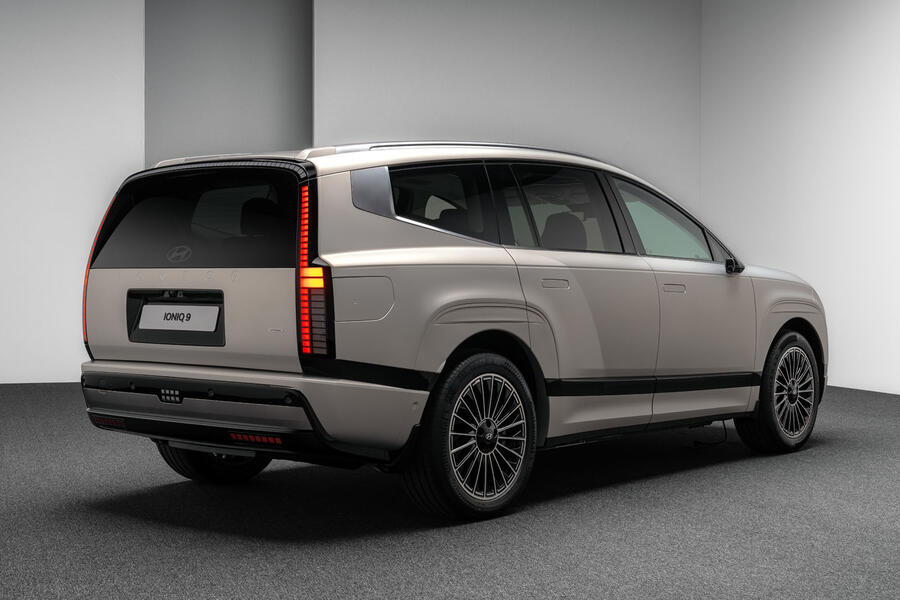
Loasby even went so far as to suggest there is potential for the Ioniq 9 to make a dent in the full-bore luxury segment. When asked if he expects even Range Rover owners to be tempted into making the switch, he said: “Absolutely. I could see a big band of people being tempted, and I can see a band of people saying absolutely not, as well. That’s okay.”
Hyundai Ioniq 9 powertrains
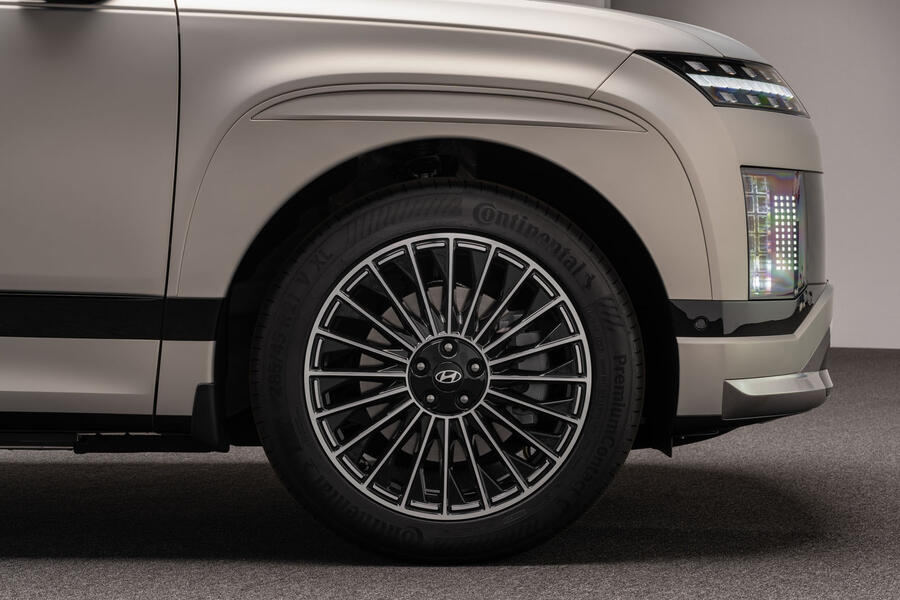
The Ioniq 9 will be available from launch with three choices of powertrain. The 215bhp, rear-driven Long Range car is the most efficient and has a claimed 385-mile maximum range figure, while the 303bhp dual-motor car returns 376 miles per charge and the top-rung 429bhp AWD Performance model manages 372 miles. They get from 0-62mph in 9.4sec, 6.7sec and 5.2sec respectively, and top out at 124mph.
As with Ioniqs 5 and 6, the large new SUV is in line for a hot N variant.
Each variant is equipped with an 800V, 110.3kWh (usable) battery. It’s rated to charge at speeds of up to 354kW, though as with other E-GMP-based EVs currently on sale, Hyundai suggests the real-world maximum will be closer to 220-230kW.
The battery can also be used to charge external devices with the 230V vehicle-to-load function, and Hyundai has made some subtle improvements to “address common EV customer concerns”, such as improving the consistency of the battery’s performance, providing more detailed energy usage information and enhancing the inbuilt EV route planner.
Other important upgrades for the Ioniq 9 are the introduction of a higher gear ratio at the rear for increased torque at lower speeds, and a two-stage power inverter that is said to improve efficiency.
Hyundai Ioniq 9 design
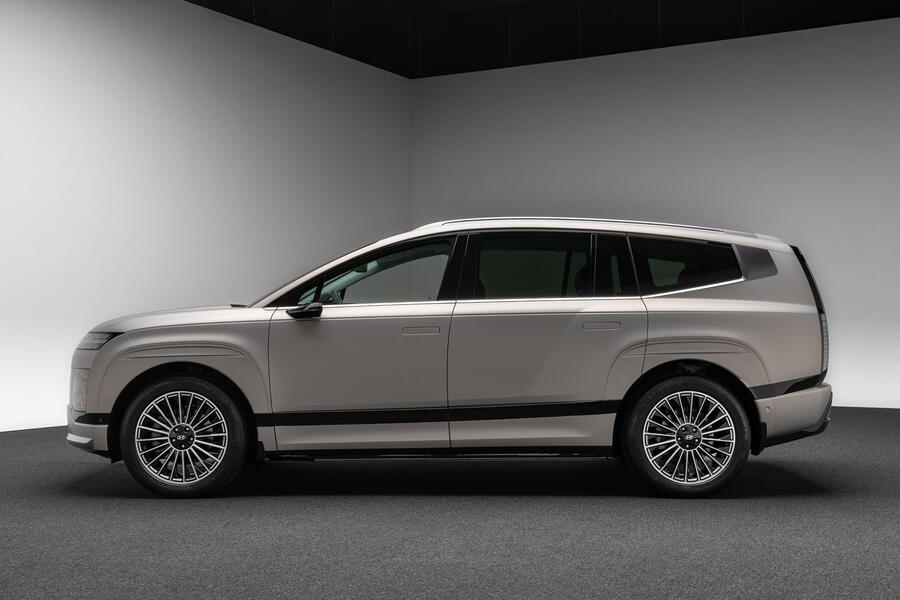
Hyundai refers to the Ioniq 9 as an ‘aerosthetic lounge’, coining a phrase that reflects the design team’s simultaneous focus on desirability, aerodynamic efficiency and interior refinement.
In keeping with Hyundai’s ‘chess piece’ approach to differentiating each of its models, it is only subtly visually related to its electric range-mates - chiefly through the liberal use of ‘parametric’ pixel lighting designs, which frame the tailgate and wrap around the front end, though as full-width headlights are banned in the UK, cars in this country will have two separate headlight clusters.
Loasby says its “Teutonic” silhouette (influenced by aircraft fuselages) is “not typical for an SUV”, acknowledging the similarities with traditional estate car designs - notably in the bluff rear end and relatively flat roof and window line.
Impressively for a car of this size and shape, the Ioniq 9 touts a drag coefficient of as little as 0.259 - far more slippery than its Kia sibling and Volvo rival and on a par with even some low-slung saloons. The rounded front end, minimalist surfacing and various air-channelling design elements are key contributors, but Hyundai highlights the Ioniq 9’s unusual tapered ‘boat-tail’ rear end as a defining design characteristic.
The Ioniq 9 also has a dual-motion active air flap in its undertray to manage air passing underneath – a first for Hyundai – along with new wind-cheating wheel designs and ‘hidden’ antennae to minimise obstructions.
The overhangs are minimised and the A-pillars are placed as far forward as possible for maximum cabin space in all dimensions, resulting in a 3130mm wheelbase that outstrips the Land Rover Defender 110.
Hyundai Ioniq 9 interior
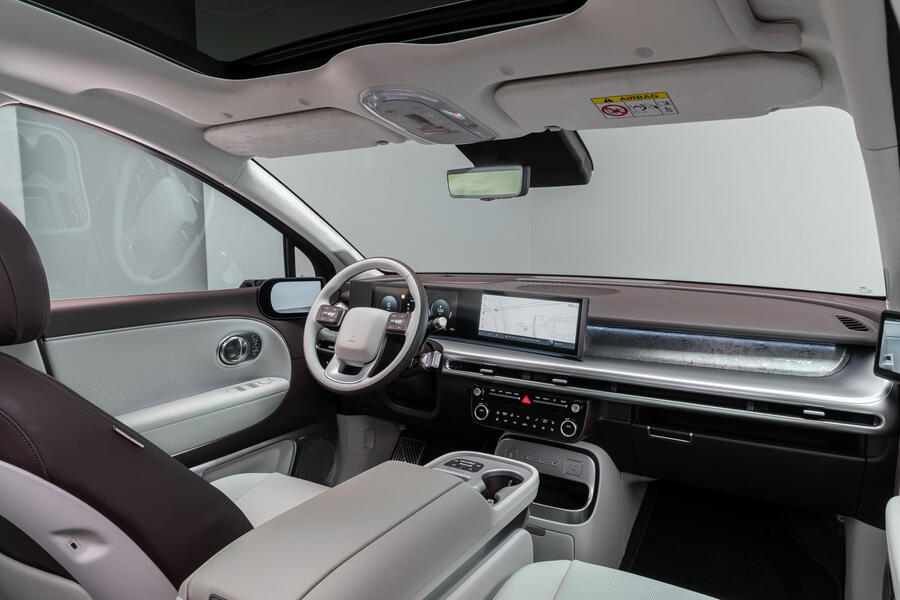
Available either with seven seats or a pair of swivelling middle-row armchairs in the VIP-focused six-seater, the Ioniq 9’s cabin aims to serve as what Loasby calls a “natural lounge” – “a furnished, relaxed, caring space”, majoring on airiness and functionality.
It has the longest wheelbase of any Hyundai yet, at 3130mm, allowing it to offer highly competitive levels of leg room in all three rows – Hyundai quotes up to 2050mm for the second and third rows combined – and for the optional middle-row armchairs to fully recline.
The cockpit is familiar from the other Ioniq models, with a one-piece panoramic curved panel mounted atop the dashboard for the driver display and infotainment screens, but a healthy smattering of physical buttons and switches left in place for key controls.
The Ioniq 9’s centre console – dubbed Universal Island 2.0 – has a ‘hidden’ 12.6-litre storage cubby underneath the 5.6-litre top tray, and the whole unit slides back and forth to free up space in the front of the cabin and give rear passengers easier access.
At the back, the Ioniq 9 offers to 908 litres of boot space with the third row folded flat and 338 litres with seats up. In addition, it has one of the largest frunks of any EV in the UK, with up to 88 litres of space beneath the bonnet (or 52 litres in the AWD car).
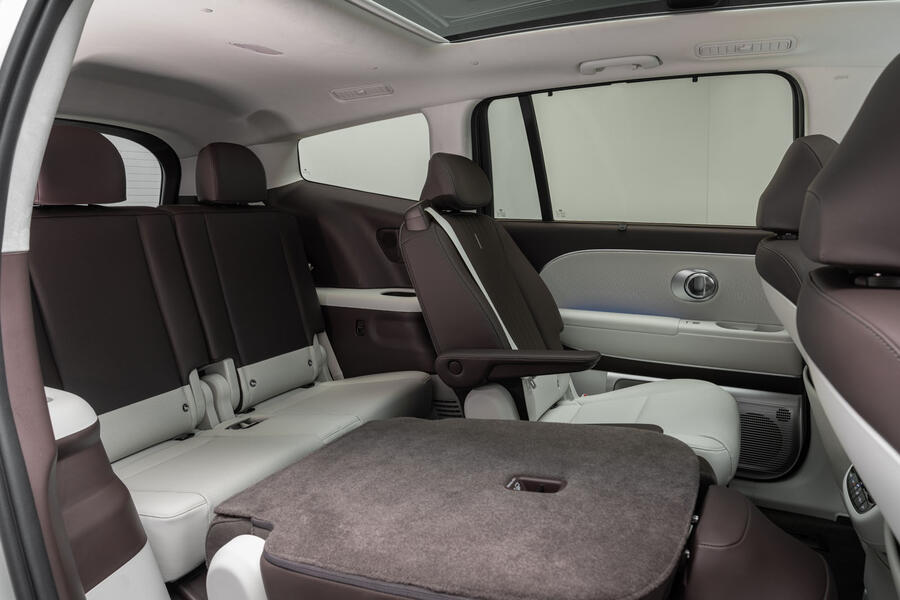
Hyundai Ioniq 9 chassis
The Ioniq 9 has been tuned for an optimum blend of long-distance refinement and smooth, predictable handling, claims Hyundai, emphasising the lengths to which its engineers have gone to minimise weight, and touting the dynamic benefits of full torque vectoring and a new suspension system that has been “designed specifically for EVs and SUVs”.
The Ioniq 9 has multi-link suspension at each end, self-levelling twin-valve dampers to keep the body flat in corners and hydro-bushing components to reduce vibration on the move. It does not have rear steering like some other cars of this size but is expected to match the EV9’s 12.4m turning circle, which is only slightly wider than that of the much smaller Hyundai Tucson.
With sound-absorbing foam in the tyres, acoustic glass, reinforcement of key structures and an active sound control system that can “isolate noise at the source”, the Ioniq 9 has NVH levels in keeping with its premium billing, says Hyundai, and in line with some bona fide luxury cars.

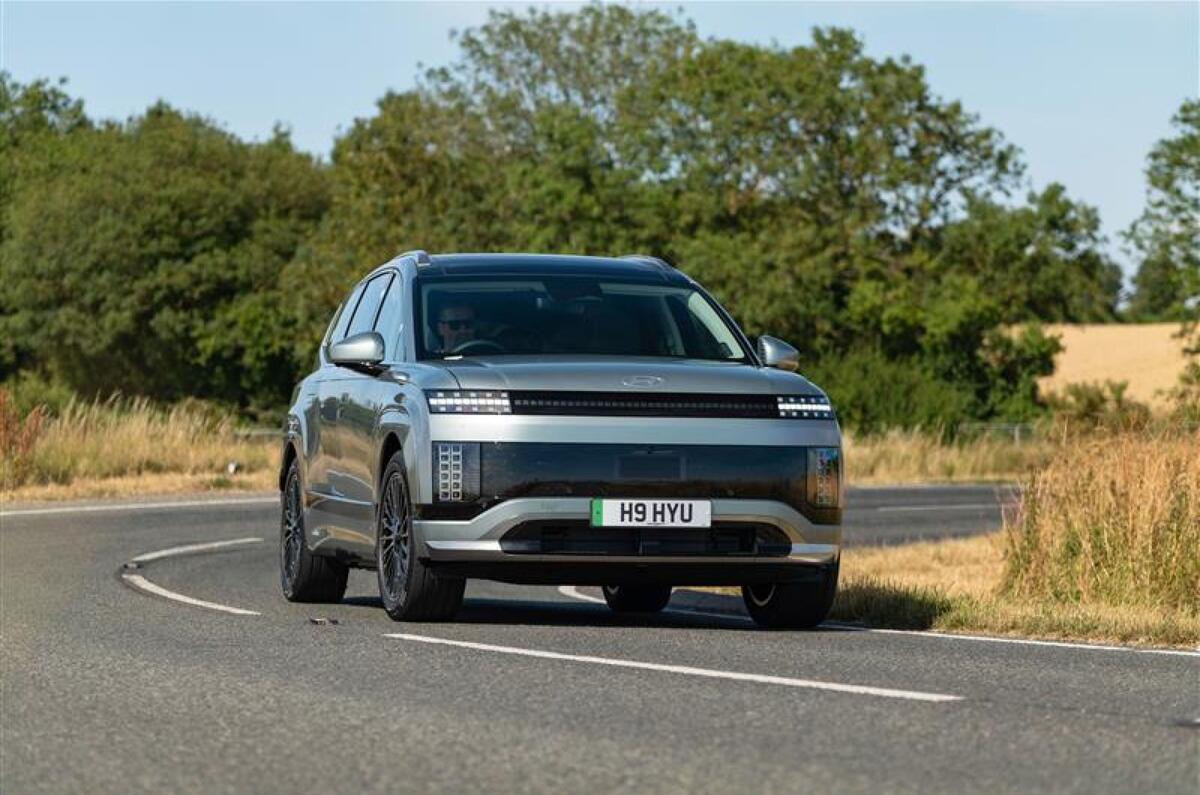
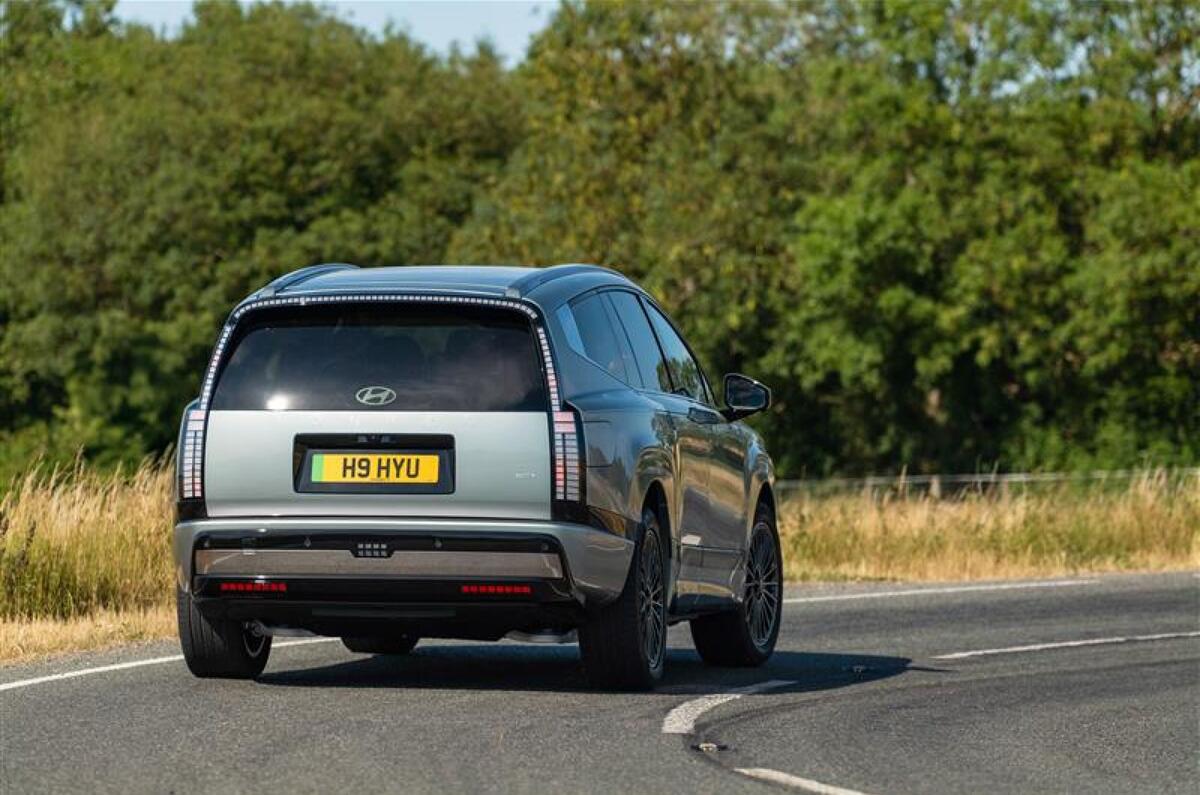
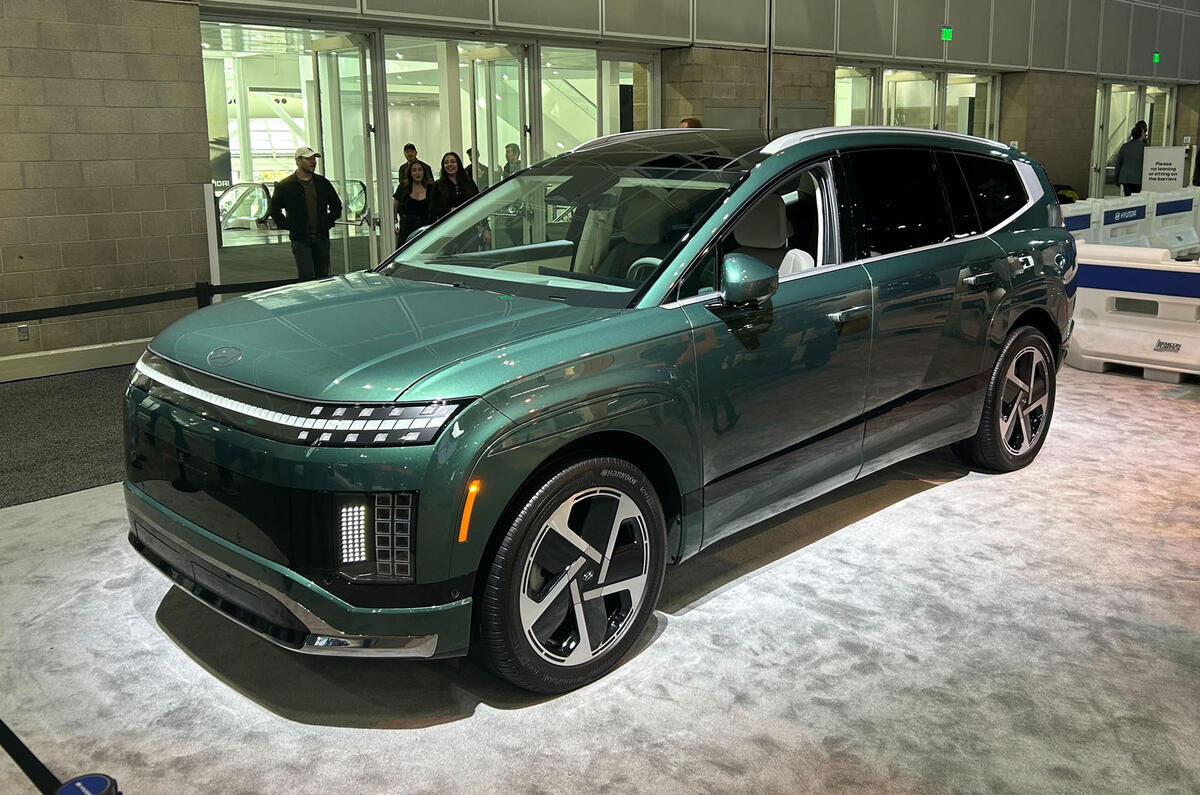
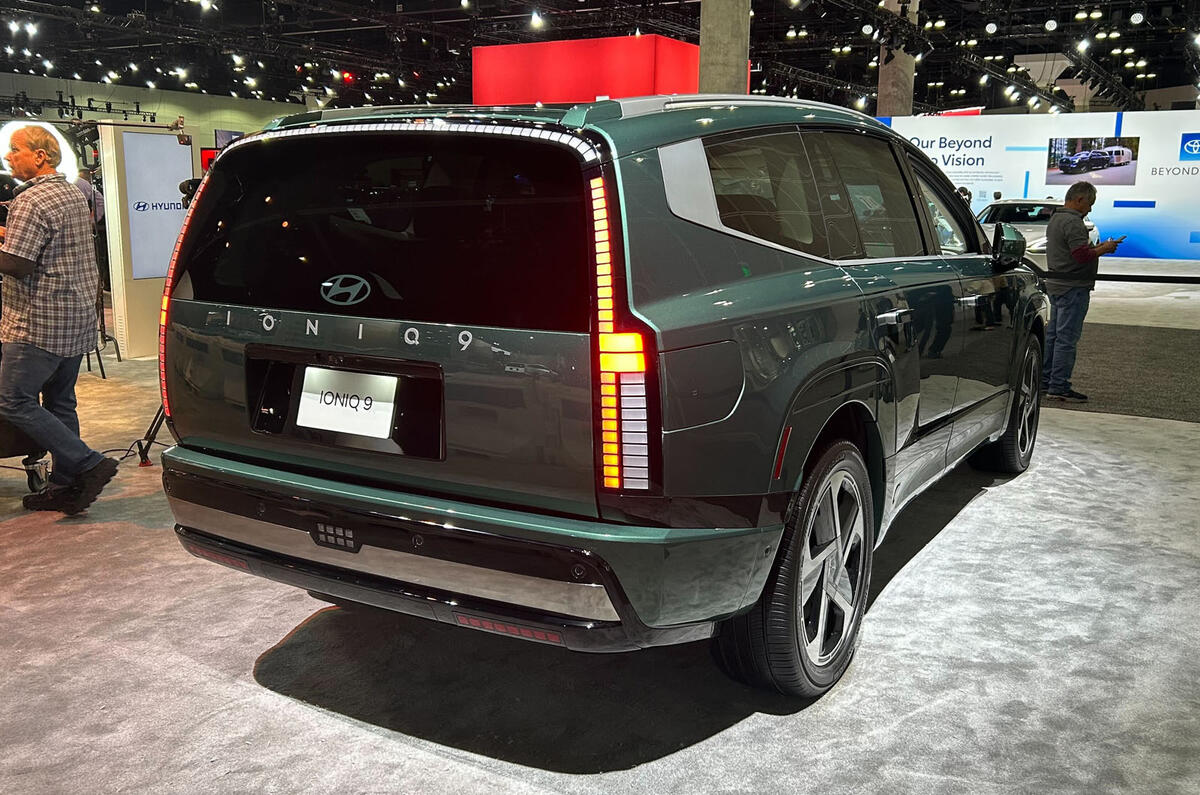
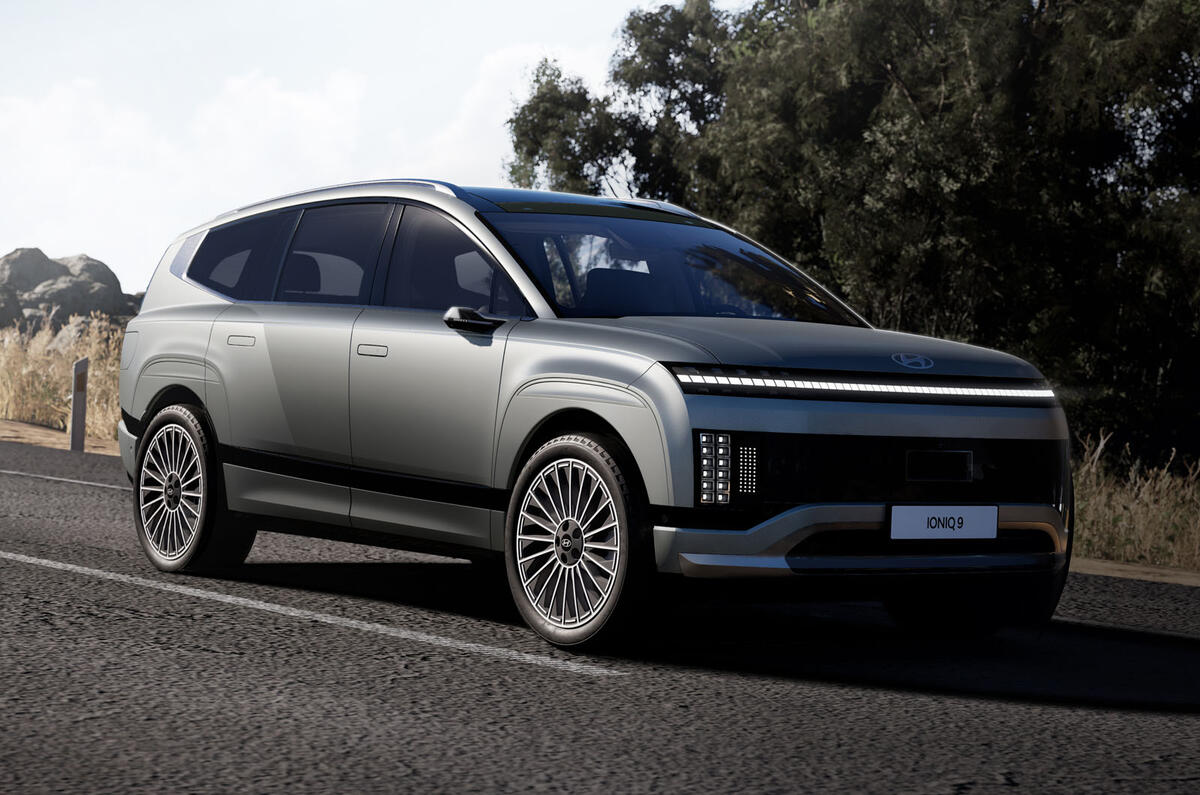
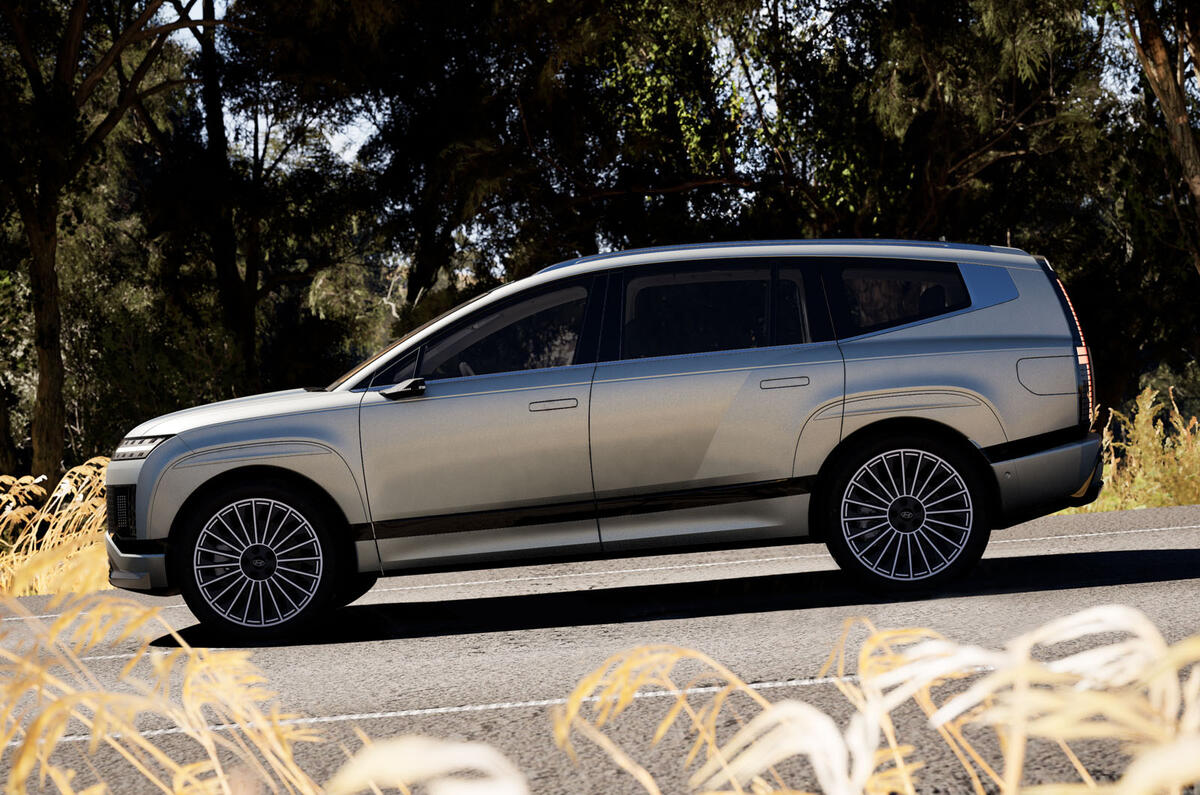
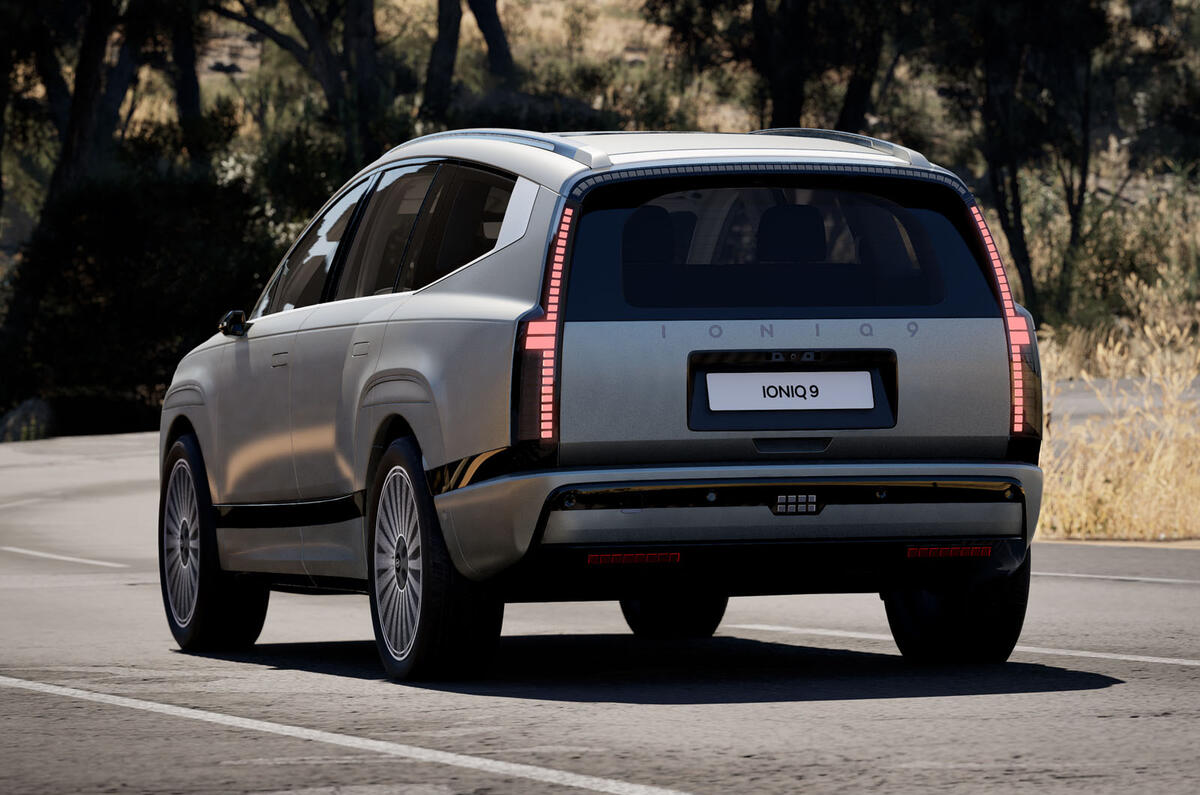
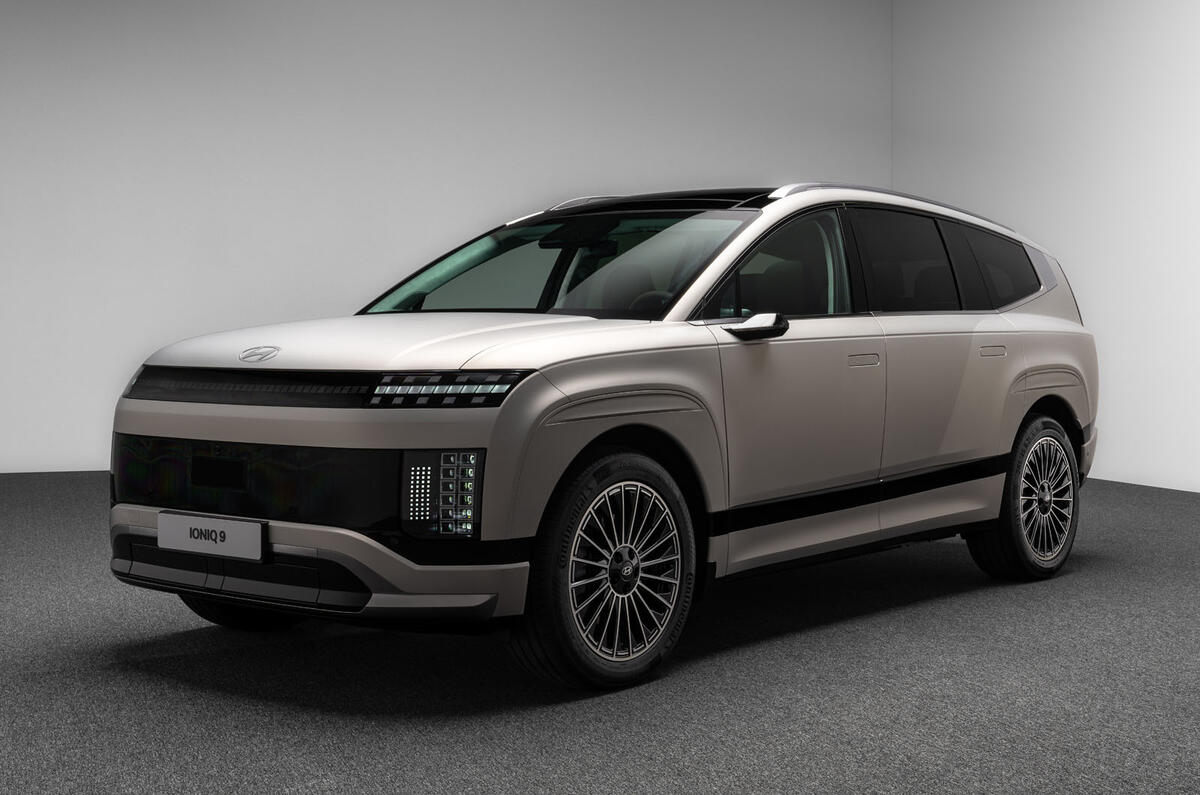
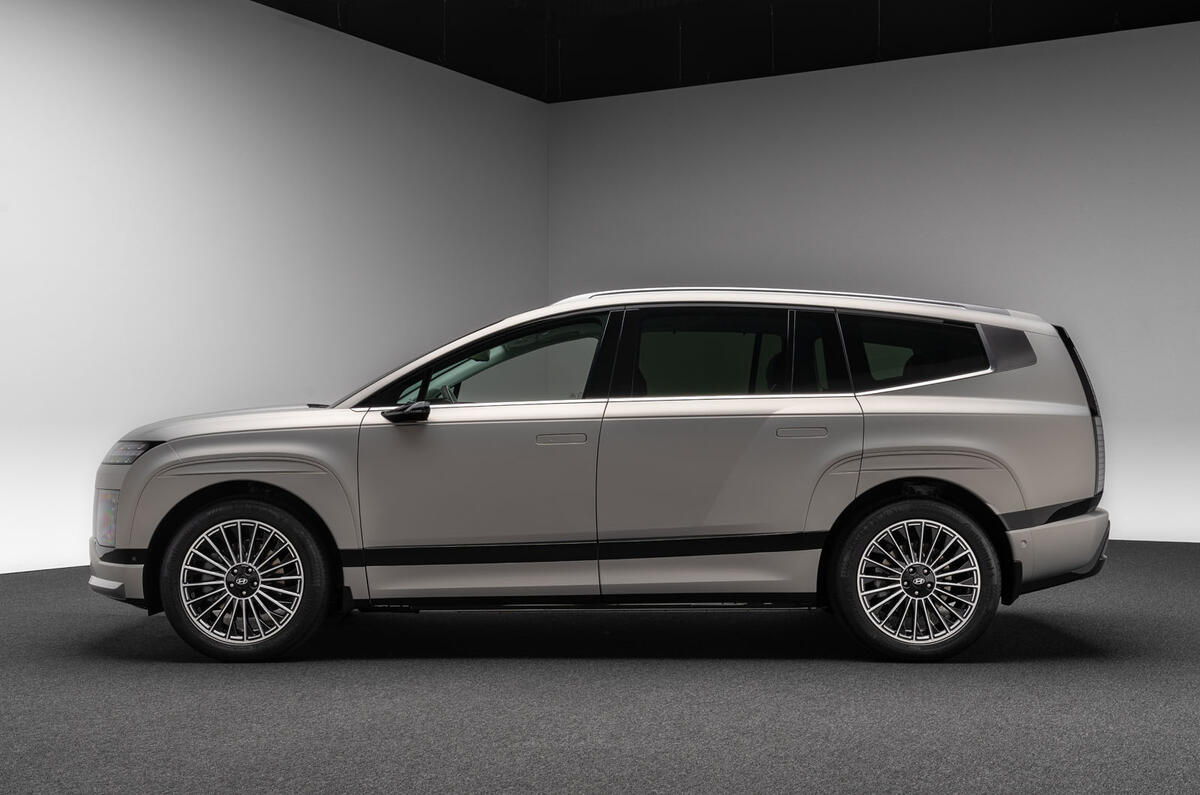
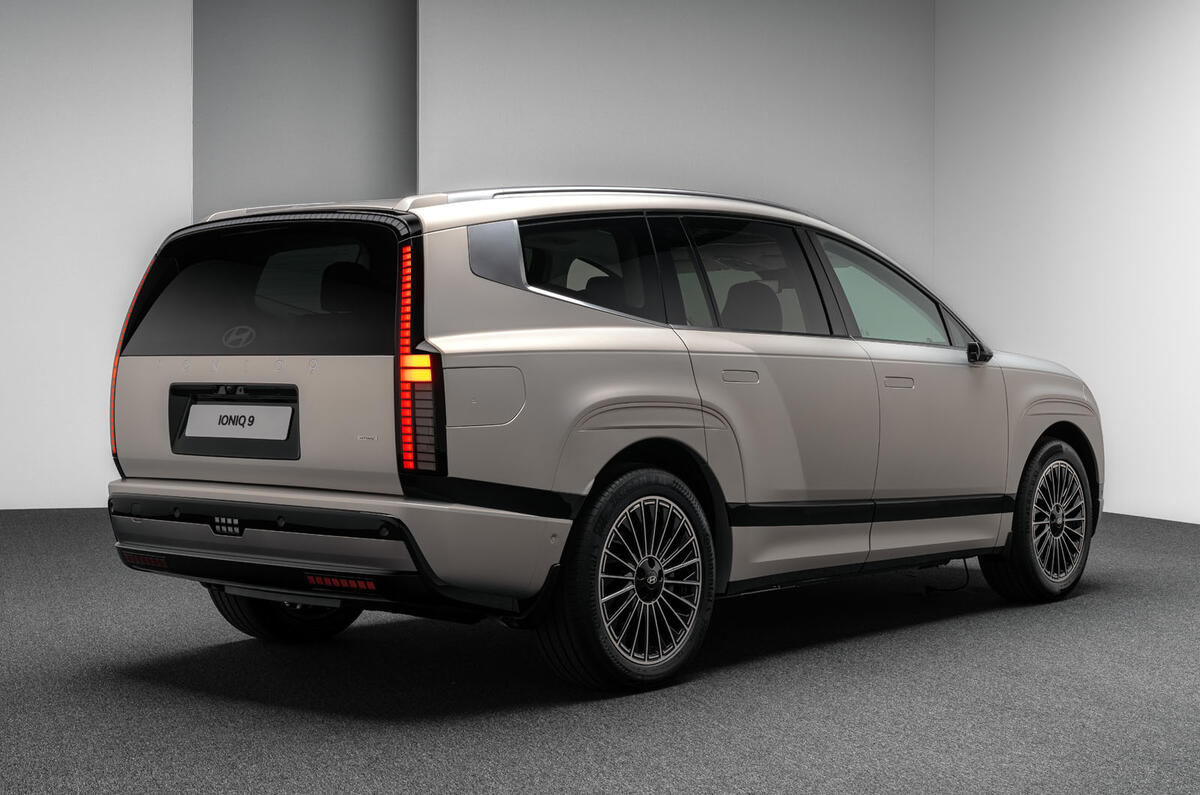
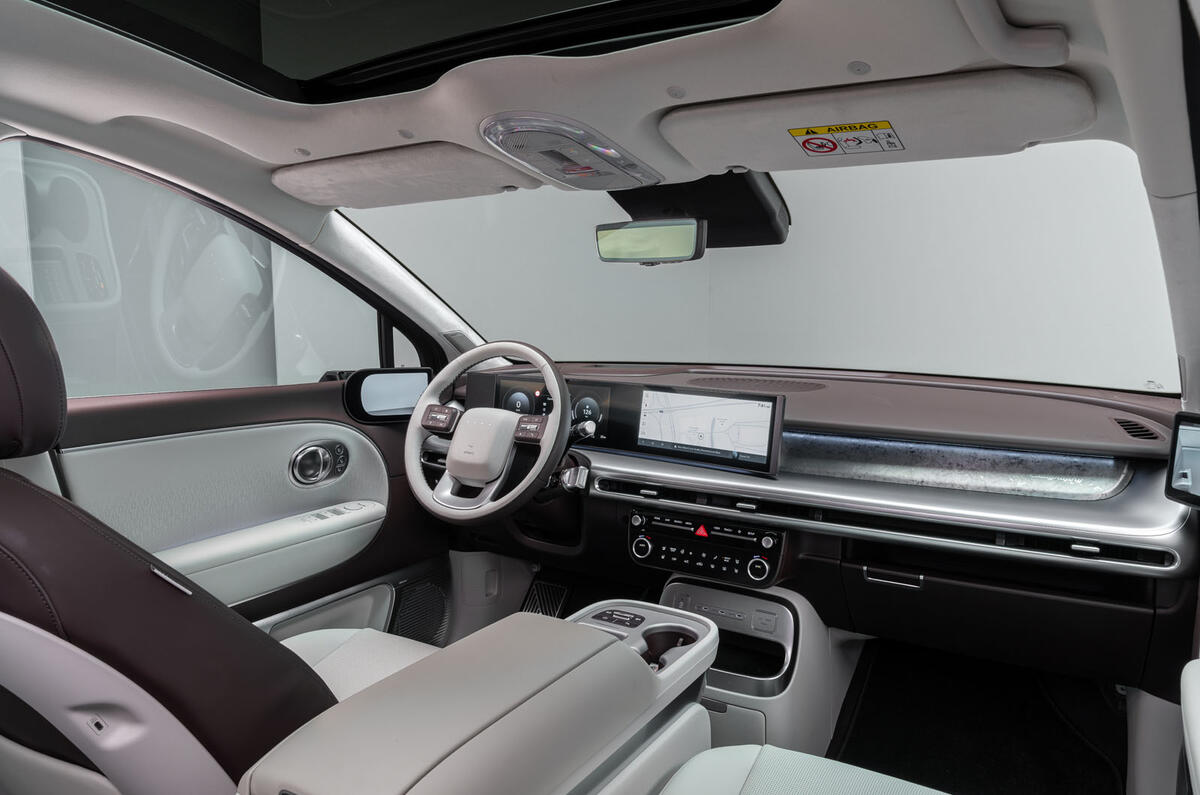
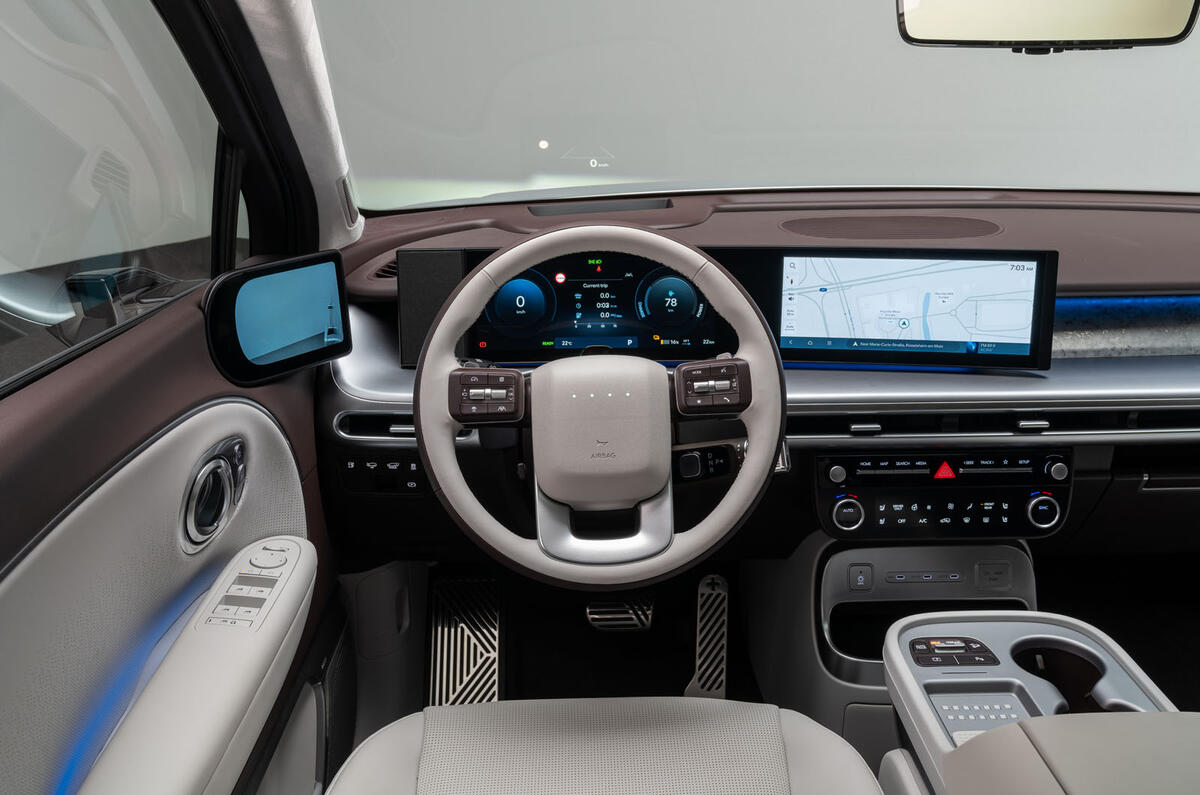
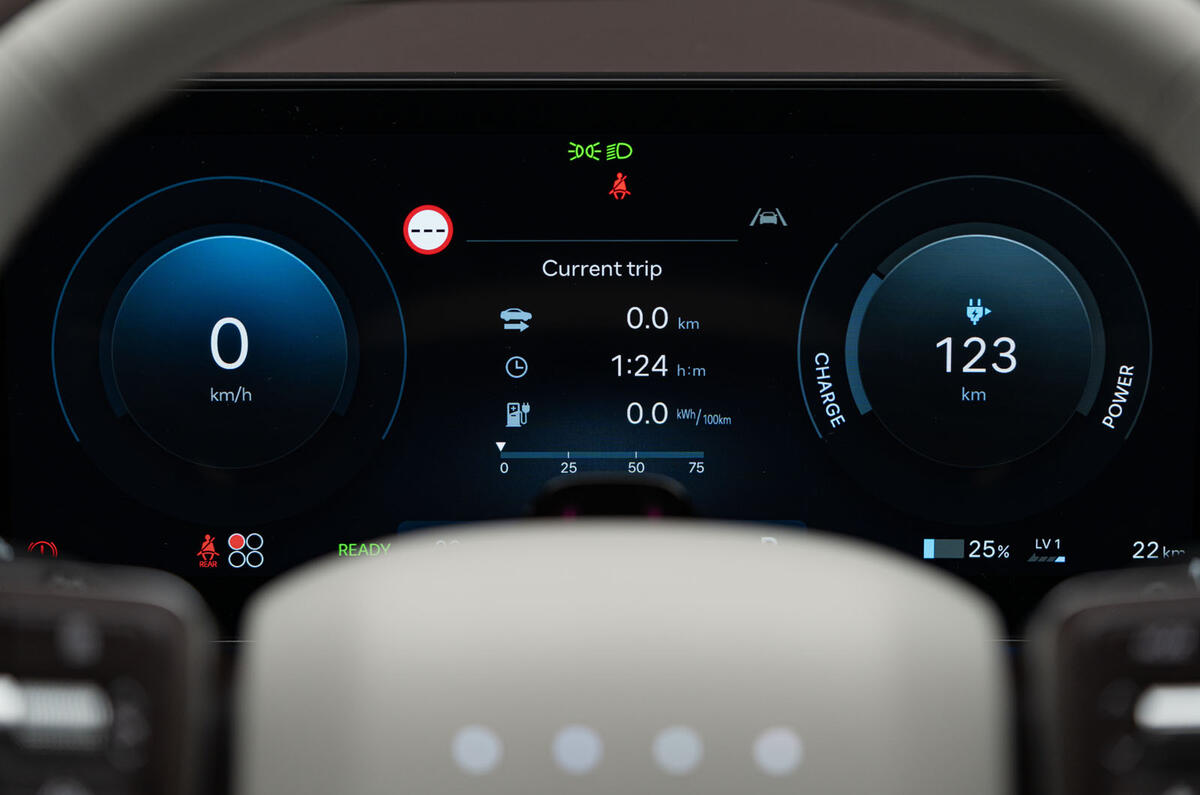
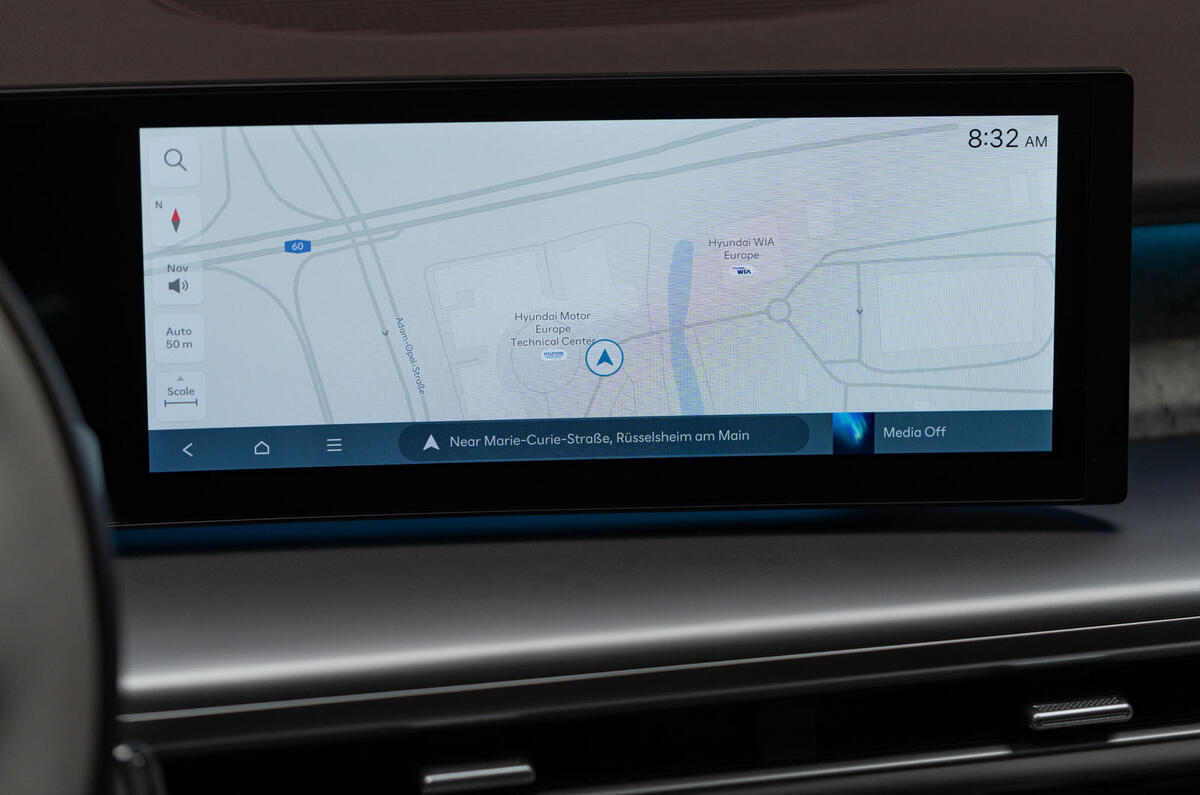
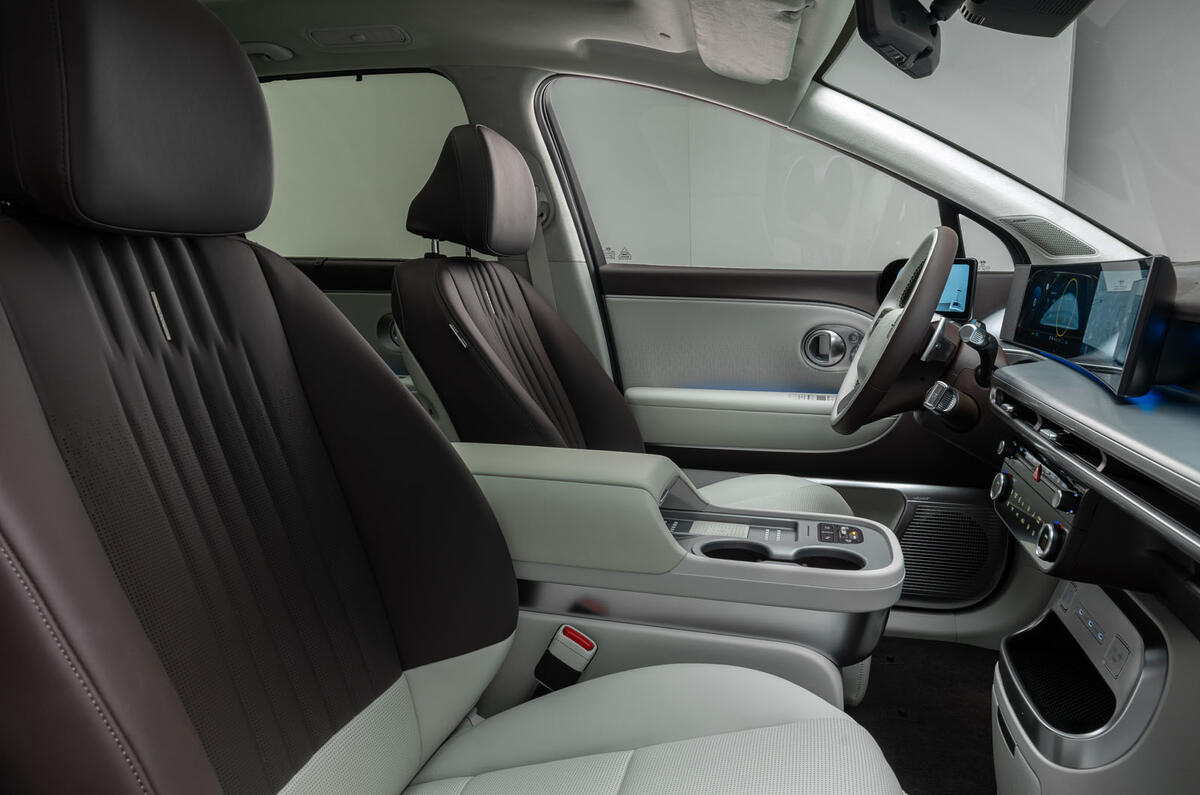
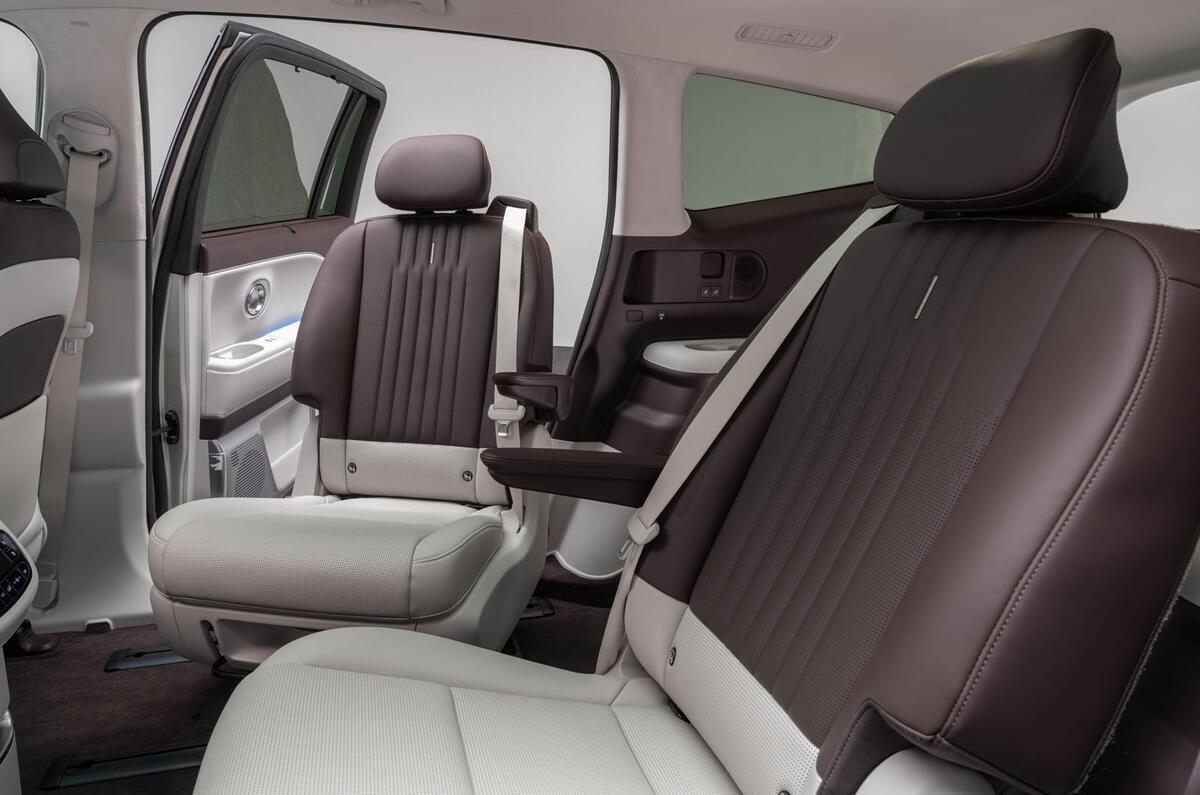
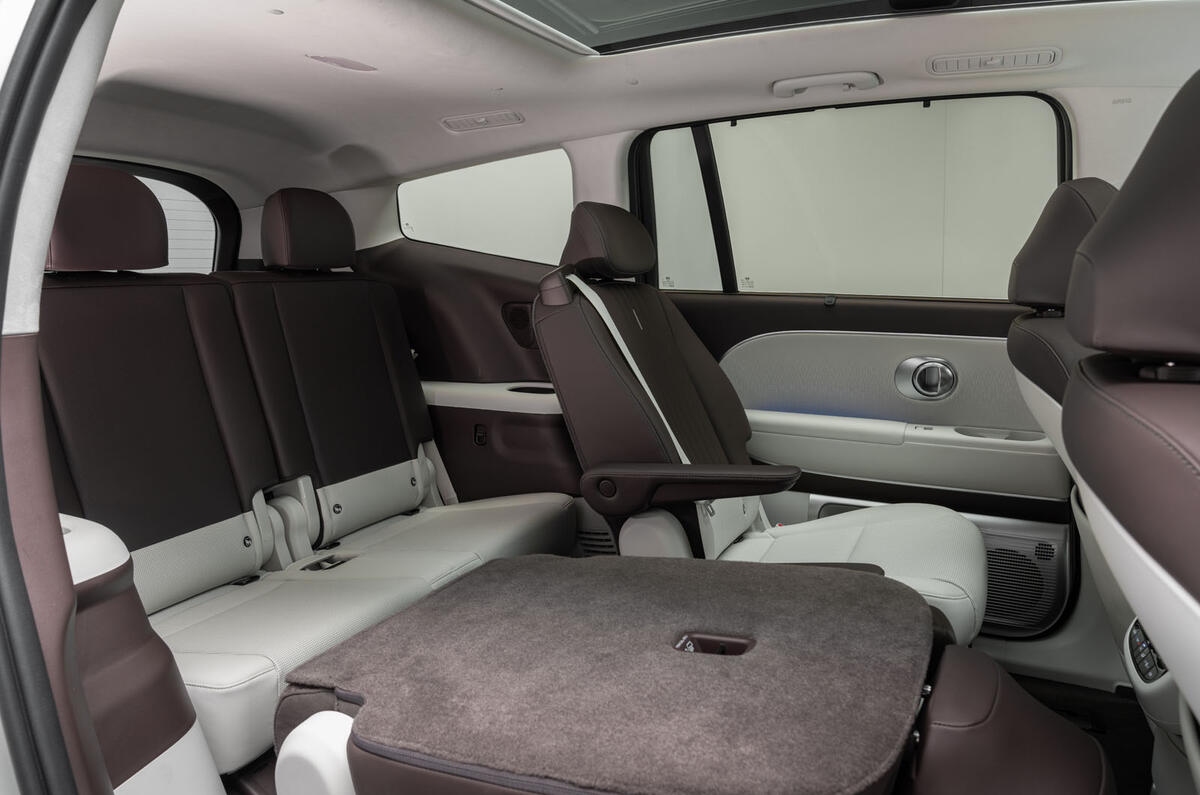
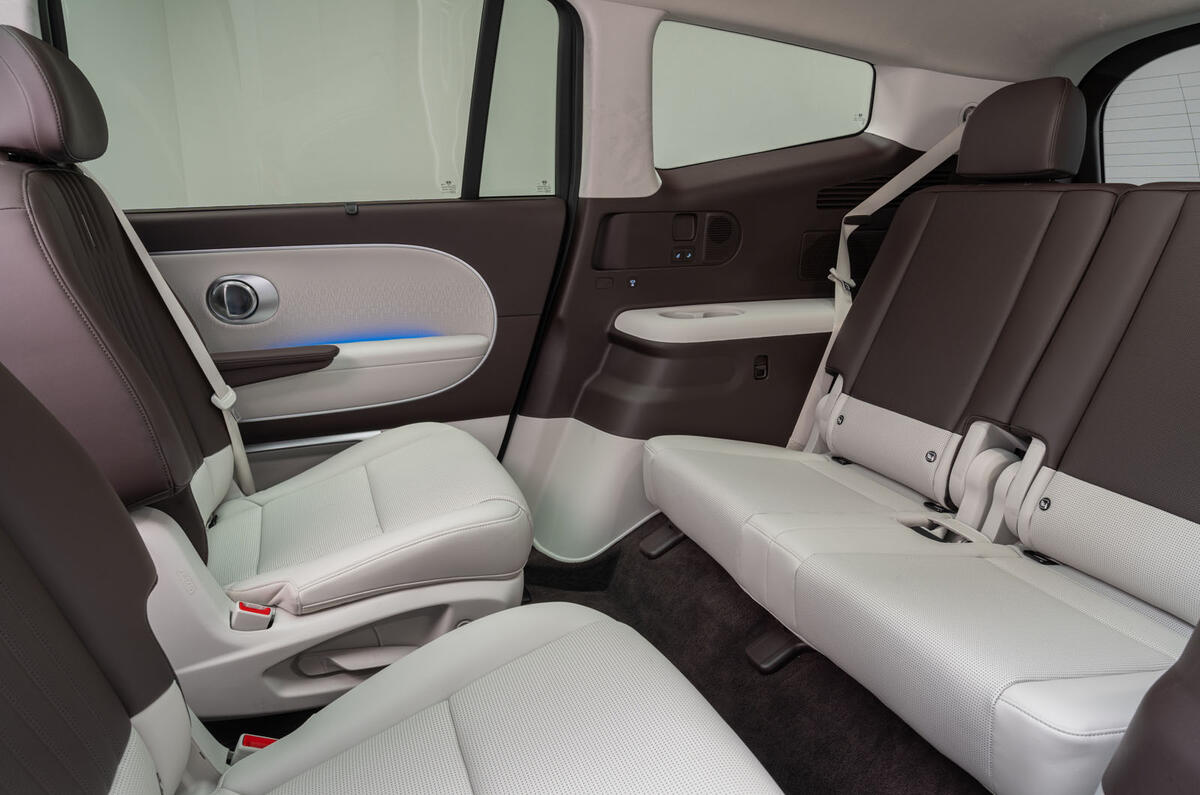
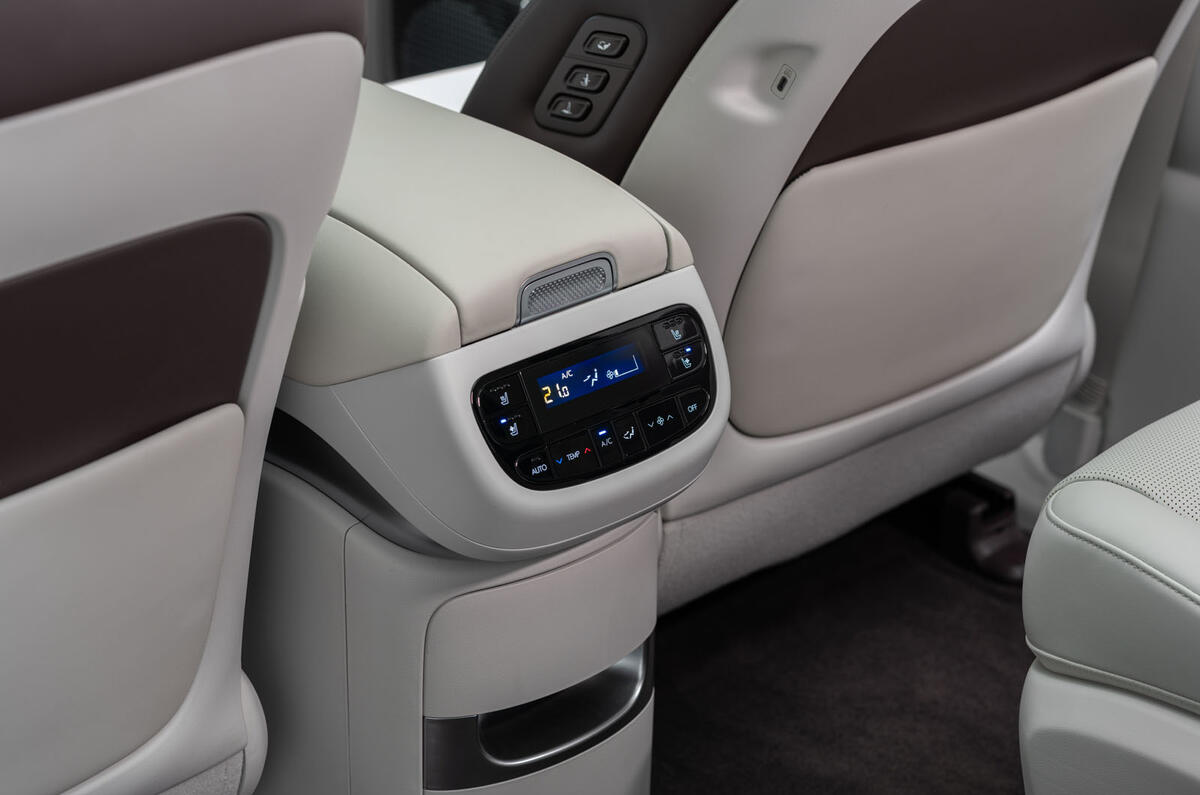
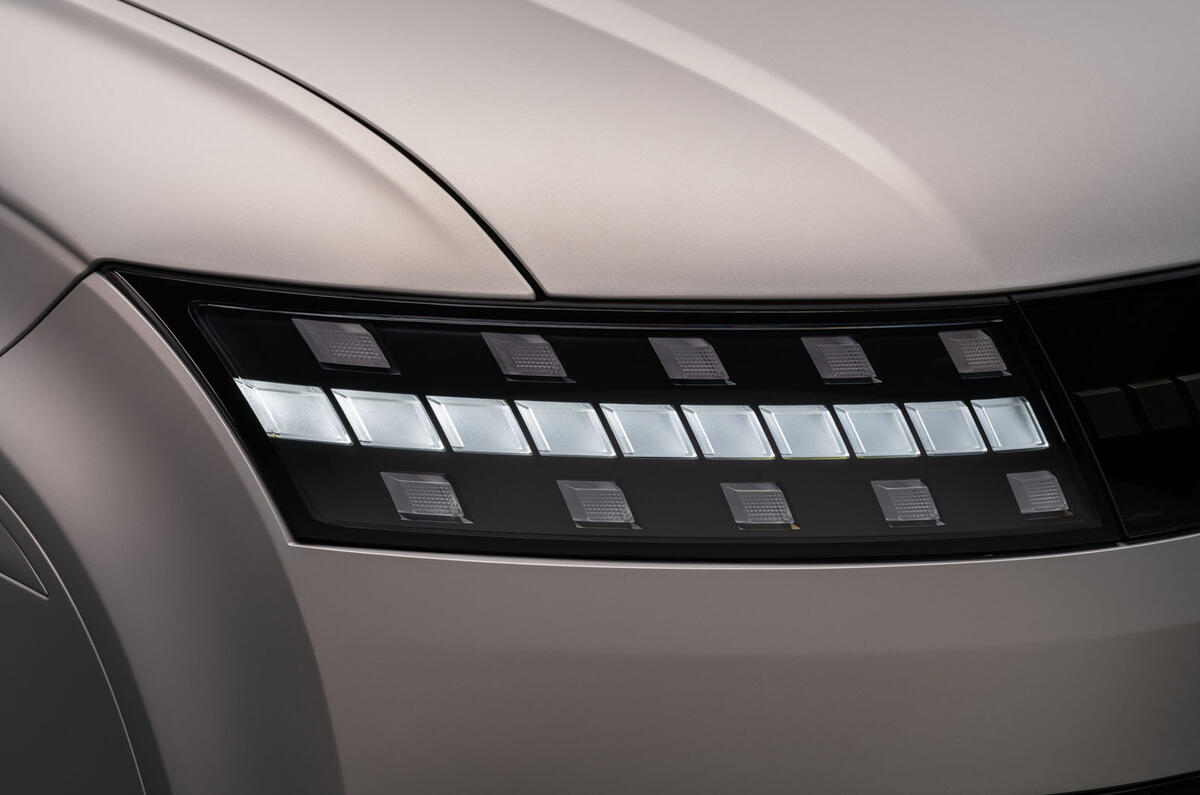
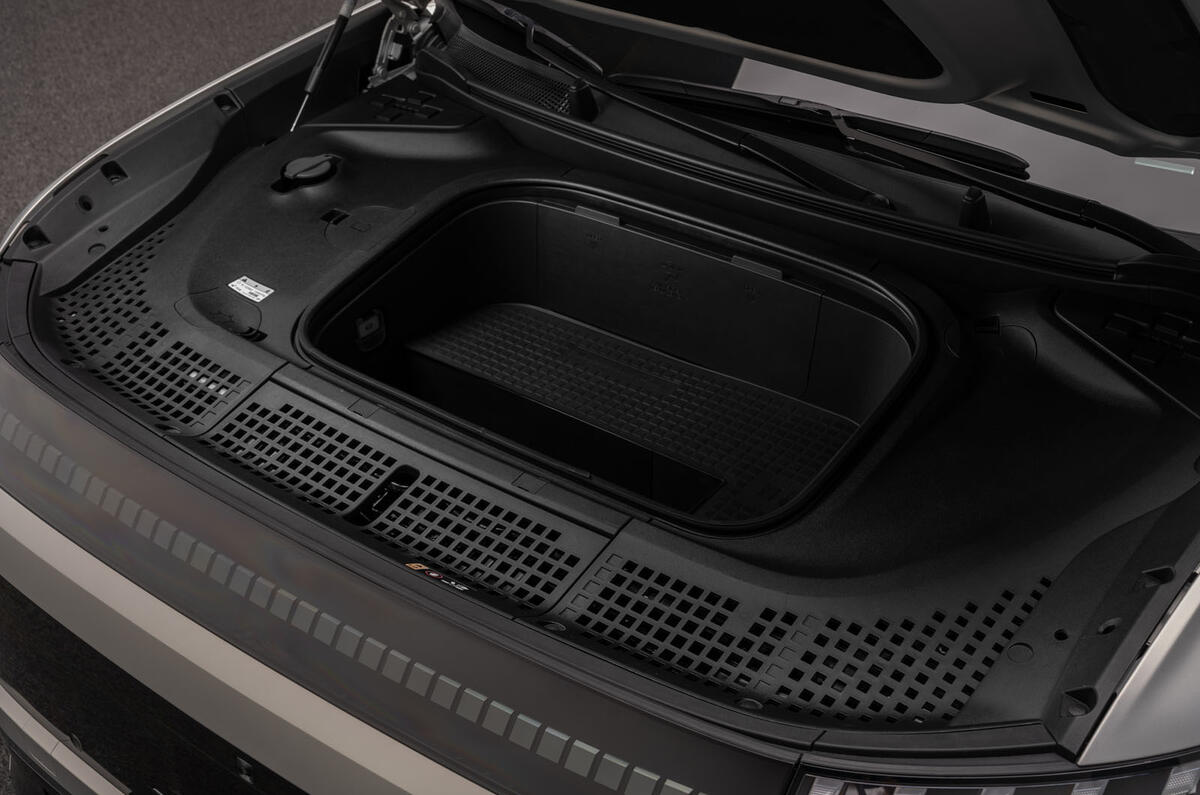
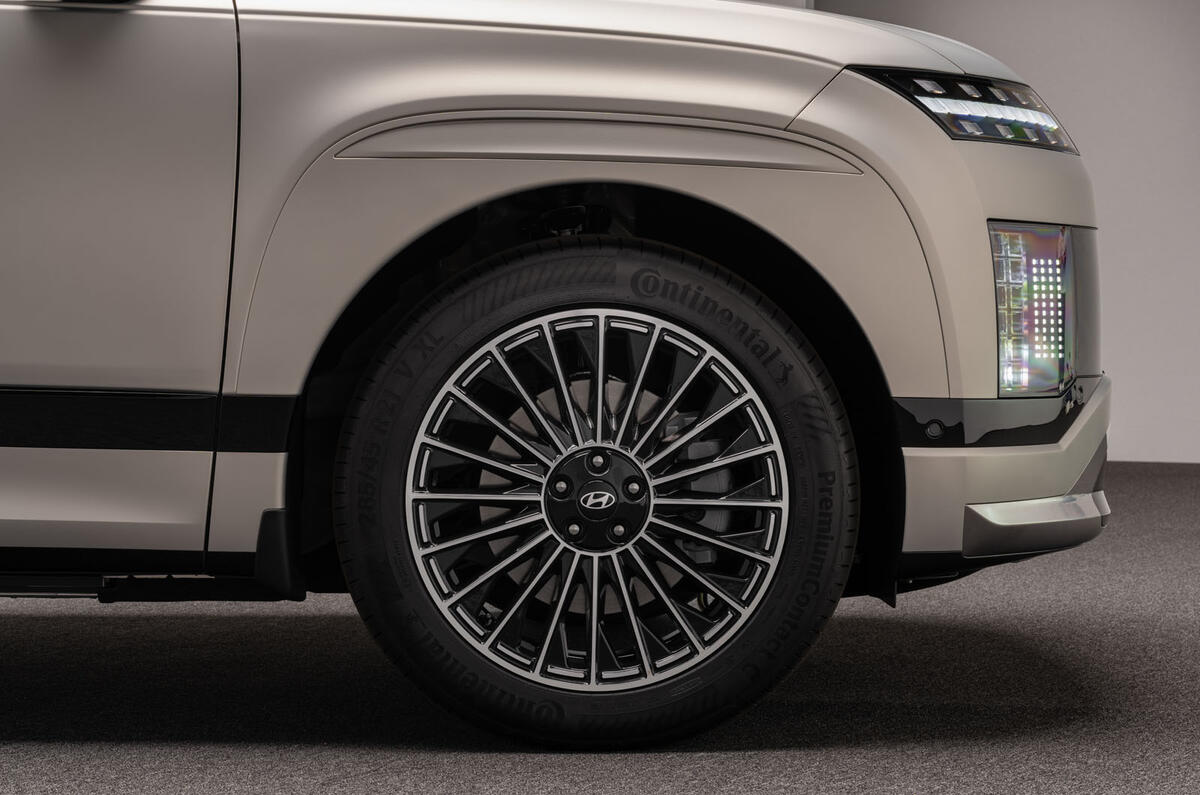
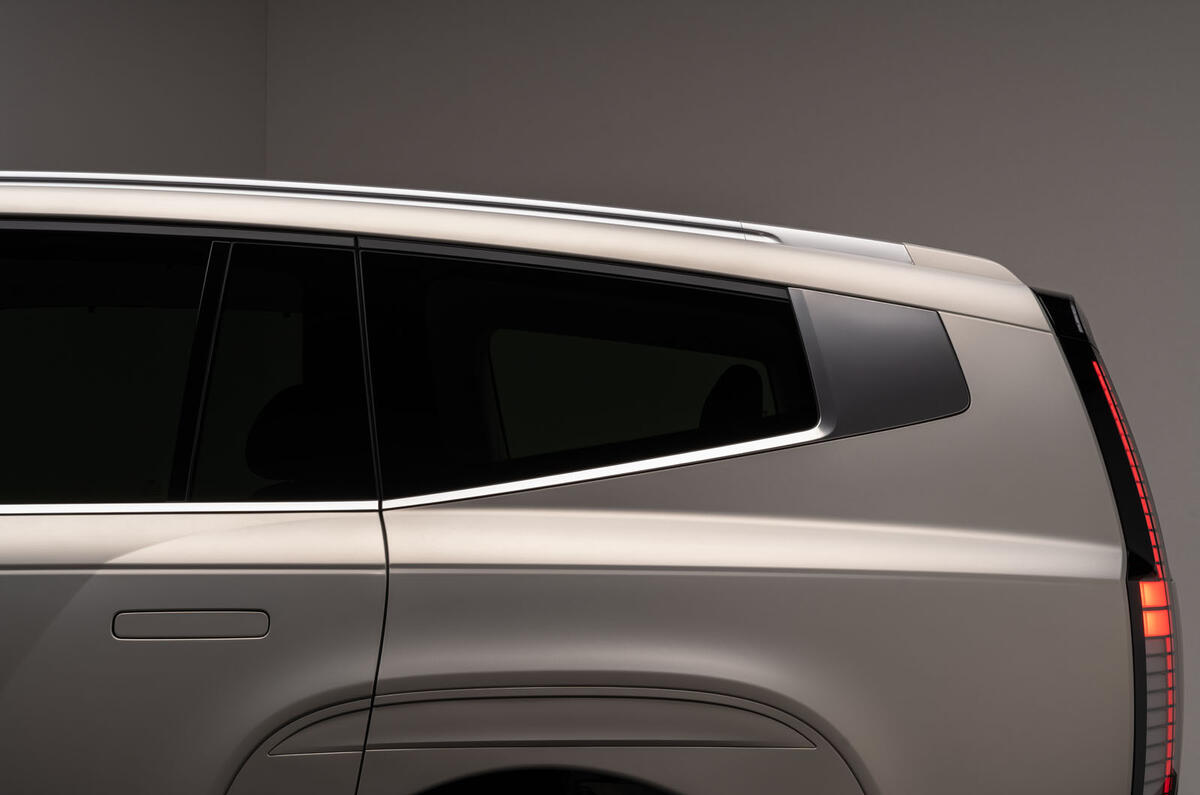
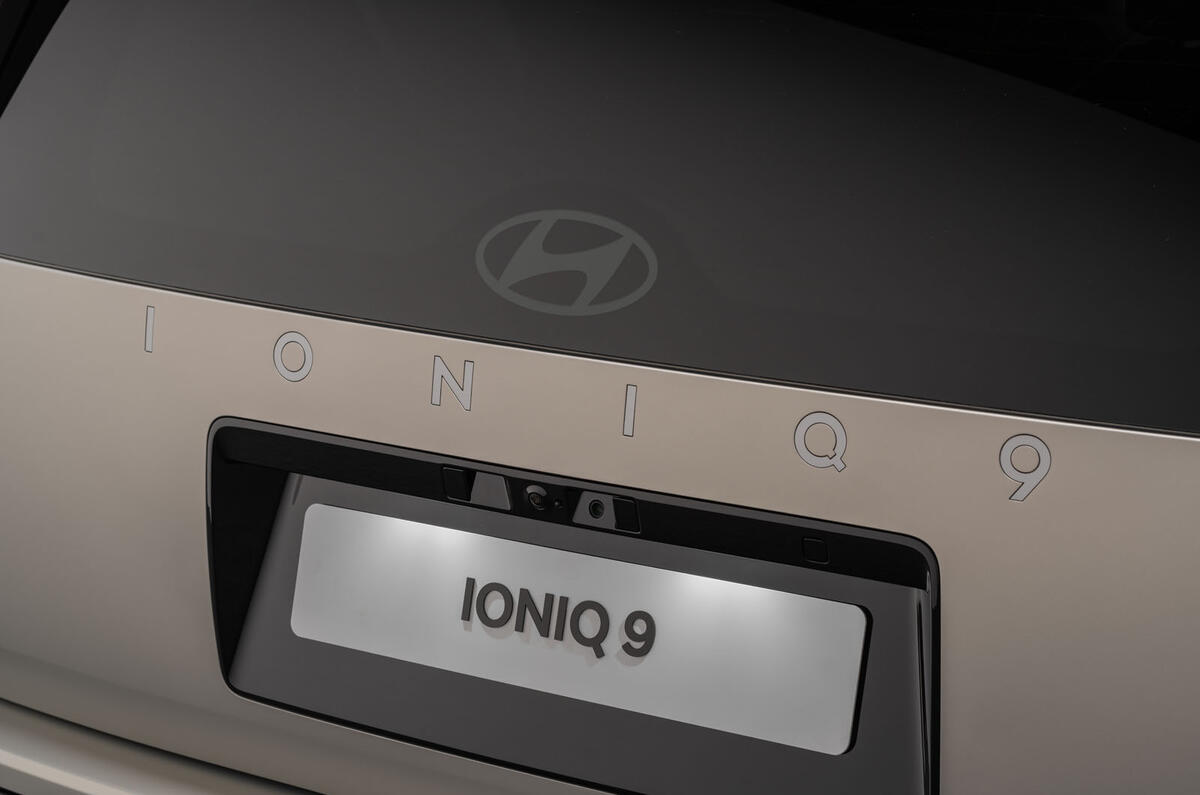
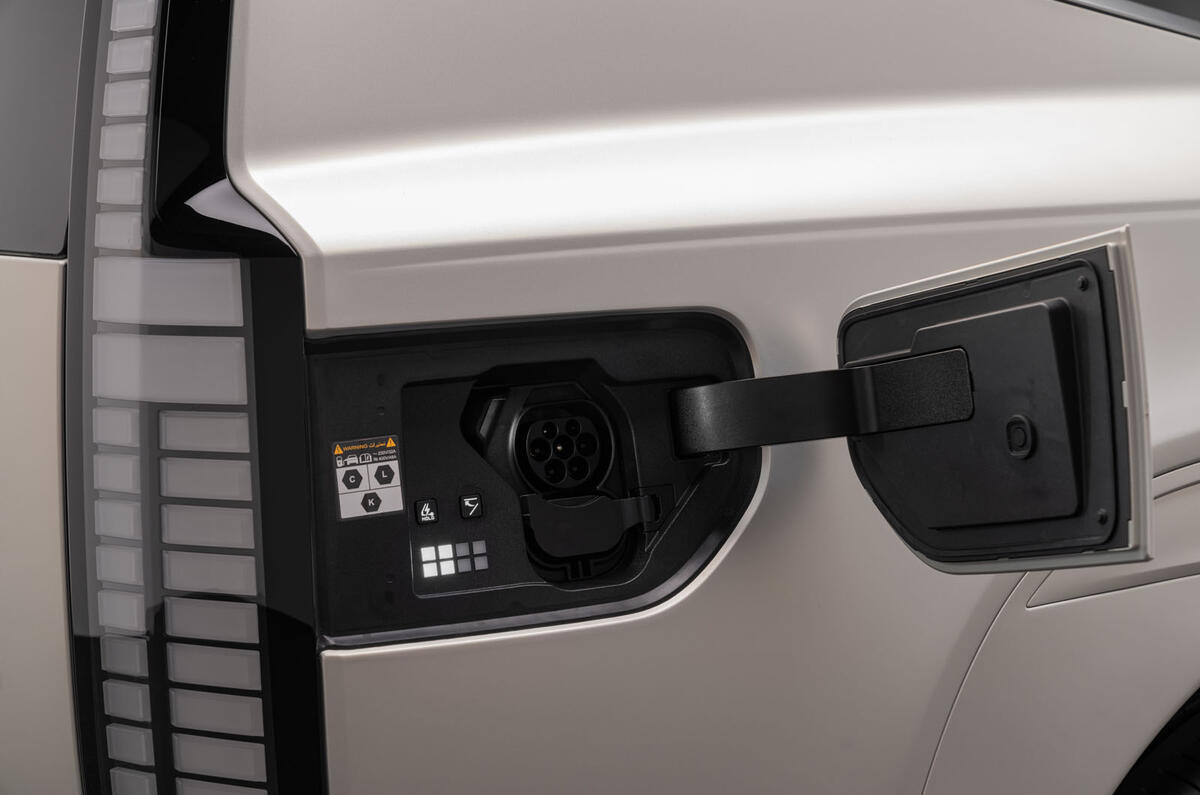
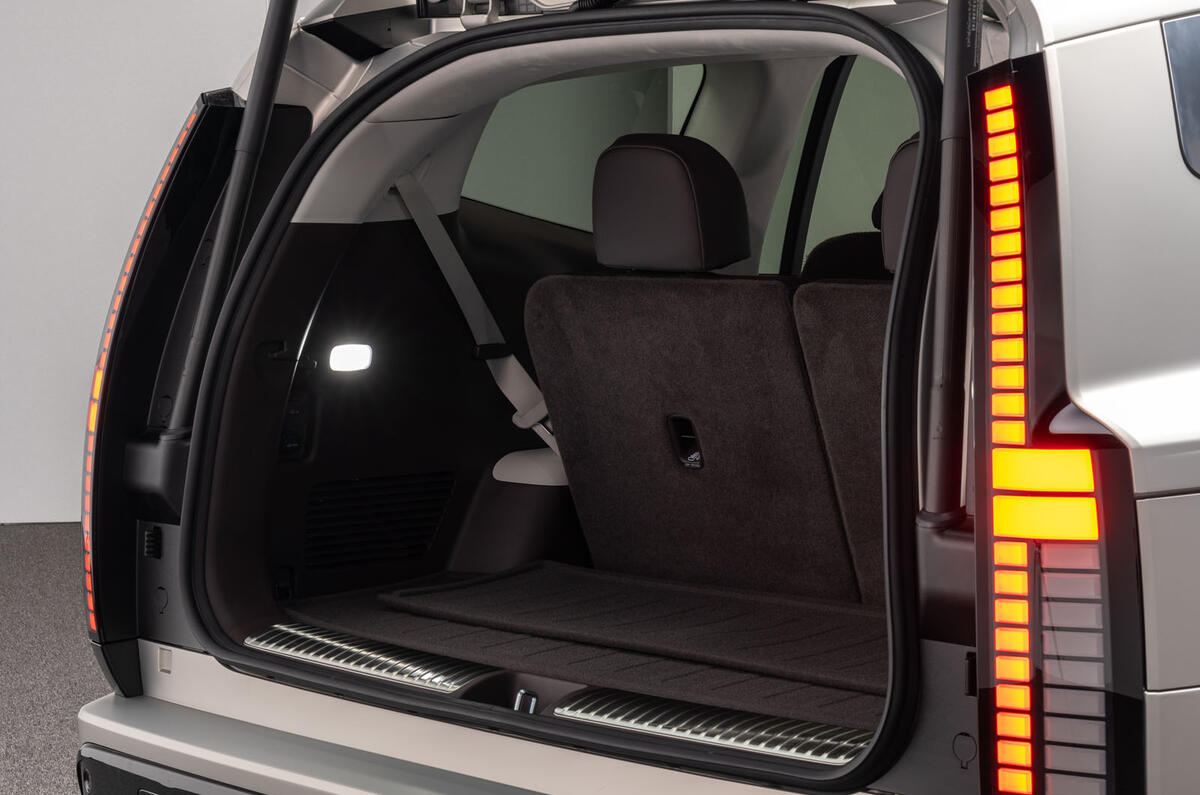
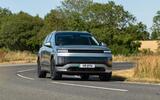
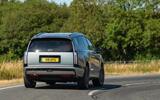
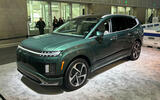
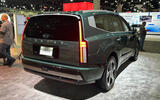
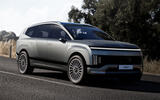

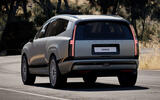
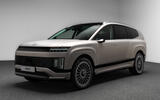
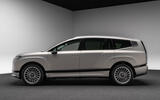
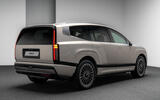
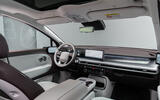
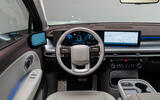
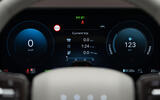
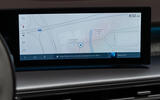
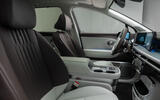


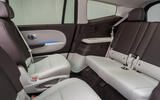
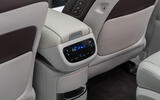
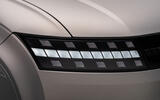
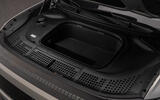
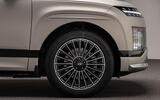
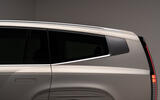

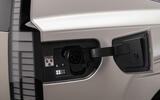
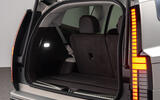










Join the debate
Add your comment
Makes the half complete far more expensive Volvo EX90 look the overpriced car it is. But that rear end looks like it's from another car.
And this is helping grow the UK economy?, there not built here, there's little car industry here as it is, the Government is reintroducing EV grants again by another name to try and persuade us the Tax payers to invest in what is today nit seen as a lot for an EV car that most are not able to afford for various reasons.
What a lumpy bland design! The Korean brands, are just not getting the fine balance of proportion and harmony in design. To compensate, throw in all the glitzy bit, tech bits etc to cover up the fact that it's not a well thought out product. Some colleagues in 2022 pointed out that Koreans are the Germans in Asia, in terms of design. It's rings true by each passing year, model after model, a discoherent mess, just like the current state of German design. The Chinese cars, at least some of them bearing big names are quickly getting far better than the Koreans. Design is subjective, even then the oddities are showing up very brightly.